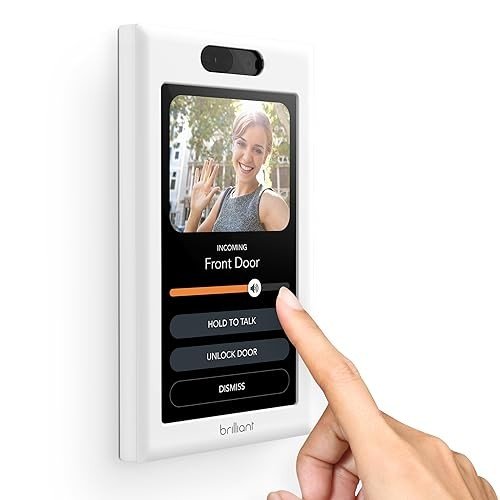A Proficient Rant About Shop Lighting UK
Shop Lighting UK: Illuminating the Retail Experience
In the ever-evolving world of retail, the value of shop lighting can not be overemphasized. It not only enhances the visual appeal of items but likewise affects consumer behavior, their state of mind, and the general shopping environment. With advancements in technology and style, shop owners in the UK have a myriad of alternatives to pick from when it comes to lighting services. This article will check out the kinds of lighting readily available, their advantages, and considerations for producing the best atmosphere in a retail area.
Significance of Proper Shop Lighting
Efficient shop lighting plays an essential role in customer experience and can substantially impact sales. Here are some key factors why adequate lighting is necessary for retail environments:
- Highlighting Products: Good lighting accentuates items, making them more enticing to customers.
- Producing Atmosphere: The best lighting can set the state of mind and stimulate emotions, influencing acquiring choices.
- Enhancing Safety: Well-lit shops are safer, helping customers navigate without risk of tripping or accidents.
- Improving Visual Merchandising: Proper lighting can boost displays, making them lively and eye-catching.
Kinds Of Shop Lighting
Shop owners can select from different kinds of lighting, each serving various purposes, consisting of ambient, task, accent, and decorative lighting. Here's a breakdown of each type:
Type of Lighting
Description
Finest Uses
Ambient Lighting
Provides general lighting to the space.
General retail areas like shops and supermarkets.
Job Lighting
Concentrate on specific locations to boost visibility for tasks.
Checkout counters and dressing rooms.
Accent Lighting
Emphasizes particular items or display screens, creating a centerpiece.
Show cases, art, or marketing products.
Decorative Lighting
Adds visual appeal and boosts the total decor.
Chandeliers and distinct fixtures in high-end shops.
1. Ambient Lighting
Ambient lighting is the foundational lighting within a shop. It fills the entire space, guaranteeing that customers can see and browse easily. Retailers must consider using LED panels or ceiling-mounted fixtures, as they offer energy efficiency and outstanding light circulation.
2. Job Lighting
Task lighting is essential for locations where particular activities happen, such as checkout counters or workstations. Shop owners can install under-cabinet lighting or track lights to focus lighting on these locations, improving the benefit and experience for both personnel and consumers.
3. Accent Lighting
Accent lighting assists accentuate particular items or features within the store. This kind of lighting can be accomplished through spotlights, track lights, or tactically positioned wall-mounted fixtures. It is particularly efficient for showcasing included items, promotional display screens, or art work, guiding customer focus where it's most needed.
4. Decorative Lighting
Beyond functionality, decorative lighting aspects include style and character to a retail area. Distinct fixtures, such as pendant lights or oversized chandeliers, can create a remarkable atmosphere, especially in boutiques or high-end merchants. These declaration pieces not only illuminate but likewise enhance the shop's branding and visual appeal.
Choosing the Right Lighting for Your Shop
When selecting lighting for a retail environment, shop owners need to think about the following factors:
- Store Type: Different kinds of retail require varying lighting solutions. A fashion jewelry store might require softer, more focused lights, while a grocery store may require brighter ambient lighting.
- Color Temperature: The color of light can impact the perception of items. Warm lights (under 3000K) develop a cozy feel, while cool lights (above 3000K) can make an area feel more contemporary.
- Energy Efficiency: The usage of LED lighting not just saves energy but likewise minimizes expenses in time.
- Flexibility: Install dimmers or adjustable fixtures to adjust lighting for various occasions or seasonal changes.
The Future of Shop Lighting
As technology advances, shop lighting is ending up being significantly advanced. Here are some patterns shaping the future of retail lighting in the UK:
- Smart Lighting Solutions: Integrated innovation enables remote control and automation of lighting systems through mobile phones or home assistants.
- Sustainable Lighting: There is a growing focus on environmentally friendly services, with merchants choosing for items that minimize ecological impact.
- Focal Point Lighting: Retailers are increasingly utilizing lighting to develop specific focal points that assist customer traffic and enhance item screens.
Frequently Asked Questions about Shop Lighting in the UK
Q: What is the very best type of lighting for a clothes store?A: A combination of
ambient and accent lighting is normally best. Ambient lighting is required for general visibility, while accent lighting can help highlight key pieces or collections. Q: How can I make my shop lighting more energy-efficient? A: Consider using LED lights, installing movement sensing units, or integrating
dimmers. This reduces energy usage and expenses in the long run. Q: Should I use natural light in my shop?A: Yes, utilizing natural light can enhance client experience whileminimizing energy expenses. Nevertheless, it is essential to stabilize natural light with artificial lighting, specifically on cloudy days. Q: How frequently need to I replace my shop's lighting fixtures?A: This depends on the kind of fixtures used. LED lights can last as much as 25,000 hours, while traditional bulbs****
might need to be changed more regularly. Routine maintenance checks are advised. In my latest blog post , shop lighting plays an invaluable function in shaping customer experiences and driving sales. Merchants in the UK have a wide variety of alternatives and technologies at their disposal to develop the best atmosphere. By understanding the value of the different types of lighting and how to execute them efficiently, shop owners can enhance their space, making shopping more pleasurable for consumers while increasing their bottom line. 